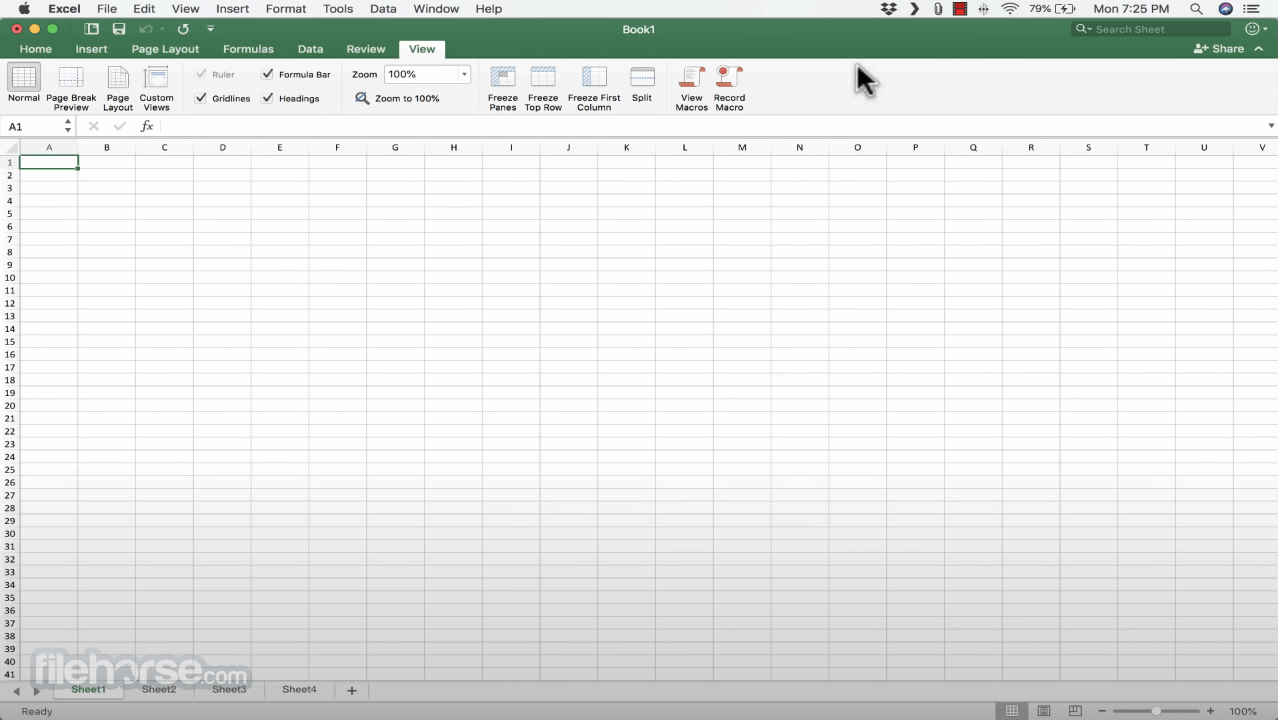
These hidden prefs can be used to invoke features we're testing, or to revert a behavior we've changed at some point, etc. As an example, on the work side I use an Excel workbook to track our apps' hidden prefs-which are set using a long ugly Terminal command 1 Something like this: defaults write "PMWindowFadingDuration" -float 0. I use Excel for a ton of stuff, both personal and work. (more…) The 2020 edition of my Excel run tracking workbook So how can you distribute the workbook to all the departments, with the salary info intact, but without revealing that data to everyone? The problem is that the Salary Info worksheet contains salary information for the entire organization, and this isn't information that should be shared with everyone.The Salary Info sheet might reveal, for instance, that a coworker is leaving in three months-the coworker has told management, but the employee isn't ready to tell the entire company just yet. (In my silly example, I just divided the total salary into four equal quarters.) Which leads to the problem: There's a worksheet called Salary Info that's used to populate the Salaries line in the workbook. The green areas are the portions that the users would fill out-probably not the department heads, but just someone in the department. A super-simplified and unrealistic input worksheet might look like this: Each department would have their own tab, showing their planned yearly budget by month for the coming year. My wife wants to create a budget spreadsheet for the various departments in her company to use.

Still, the following should be considered as only a semi-safe solution.

When I tested with my dummy salary worksheet, I could see individual salary values, but no actual text-so there wasn't any way to associate a salary with a person. However, the Excel files are just zipped XML files, so it's possible to unzip them and open them with a text editor. Important note: Please see the comments-the method I discuss here is secure from casual users.
AMAZON MICROSOFT EXCEL FOR MAC HOW TO
(more…) How to securely hide worksheet(s) in an Excel workbook Getting from "this should be possible" to "it works!" was (as usual) more of a challenge than I anticipated, but it is now working as I wished. I enter a year and amount on my Search sheet, and any matches appear immediately: Nonetheless, after way too much work, I now have an Excel workbook that makes it very easy to find any of our historical transactions. As it turns out, there is a way, but it's far from simple.
AMAZON MICROSOFT EXCEL FOR MAC DOWNLOAD
I thought there must be a simple way to download your Amazon purchase history-once downloaded, I could use a spreadsheet to search my transactions. Recently I was trying to enter our Amazon purchase details into Quicken-the transactions download automatically, but they're generically assigned to "Shopping." I was using Amazon's order history page to match transactions and assign categories, but it was slow and painful going given the layout of the orders page. I'll see about modifying the spreadsheet to work directly with Amazon's data. For now, if you want to use my workbooks, keep using the Chrome extension. However, the data is in a completely different format than what's provided by the Chrome extension, so it needs to be massaged to work with my spreadsheet.

Update: The Amazon export URL appears to be functional again, which is great news.


 0 kommentar(er)
0 kommentar(er)
